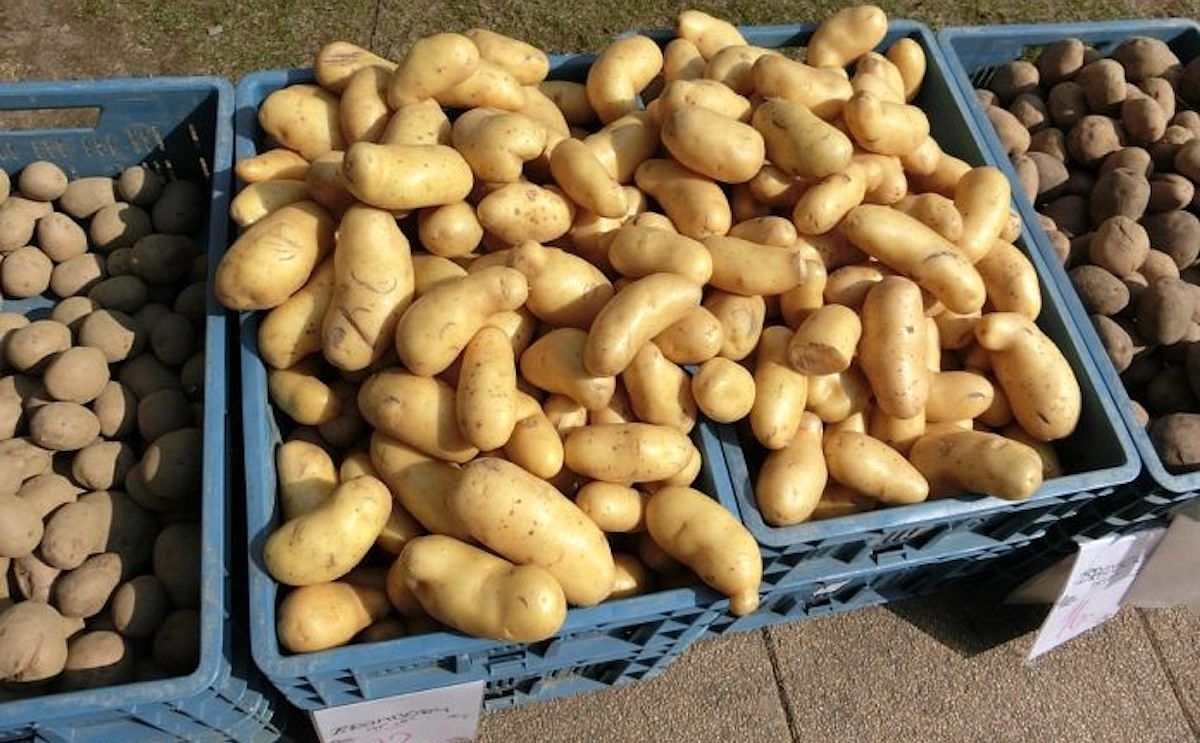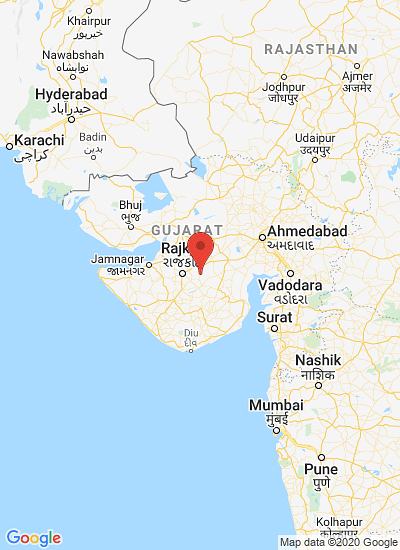A Bumper Crop Brings Down Potato Prices, Causes Storage Nightmare, and Leave Farmers in Distress
Bumper Crop in India Brings Down Potato Prices, Causes Storage Nightmare, and Leaves Farmers in Distress

India which is the second-largest producer of potatoes in the world has witnessed a bumper crop in the November–February harvest. And, the farmers are not quite happy with this as the oversupply has brought down the prices, making farmers incur losses.
The overproduction is largely due to the use of higher-yield seed potatoes which in many cases were used for the first time, catching farmers unaware about their yield potential.
India’s annual potato production is in the range of 50-55 million tons, and it stands in the No. 2 position after China in the table of the world’s largest potato producers. India’s potato-growing states include, Bihar, Karnataka, Uttar Pradesh (UP), Madhya Pradesh (MP), and West Bengal.
When potatoes from the latest harvest hit the market, the cold storage already had supplies left from the previous harvest. Indian farmers plant potatoes twice a year. In Bihar, UP, and West Bengal, it is done in January and October while in MP, Maharashtra, and Karnataka, the potato planting season begins in June and October-November.
So, when the new crop entered the market, the prices crashed from an expected INR 1,200 (USD 14.5) a quintal to as low as INR 500 (USD 6) a quintal, and in some cases even below that.
India’s Punjab province where seed potatoes are grown is witnessing a similar situation of glut. Farmers in all potato-growing states procure seed potatoes from here and use them for three seasons before turning back to buying them again. Seed potatoes which sell for nearly INR 2000 (USD 24) per quintal during the harvest this time went for as low as INR 1000-1200 (USD 12-14) per quintal.
While proper and adequate storage can help farmers earn better prices, there are not enough cold stores to accommodate the bumper crop. Given the oversupply, cold storage rates are going to be more expensive.
Early this month, a cold storage roof collapsed under the weight of thousands of sacks of potatoes, trapping and killing at least 14 workers in the Sambhal district of Uttar Pradesh. It was only three months ago that a new floor was added to the cold store. Government officials claimed that it was built without taking the necessary approval of the construction plan.
Deputy Inspector General of Police Shalabh Mathur who oversaw the rescue operation said the cold storage collapsed because it was filled beyond capacity.
As the oversupply of potato brought the prices down and made millions of potato farmers suffer losses and trigger distress stories in the media, the demand for the government to offer some relief began pouring in from different farmer organizations.
An interesting and quite viable demand that came from these organizations was the government to procure potatoes at the minimum support price and distribute them to poor people through the Public Distribution System (PDS).
The Indian government fixes the minimum support prices for some key crops including paddy and wheat. It procures these grains and supplies them to the poor through an extensive network of PDS outlets.
These outlets ensure the government can make food grains available at the cheapest prices in all parts of the country, including the remotest ones. However, the government has so far not offered any relief to the distressed potato farmers.
Returning to the overproduction of potatoes, farmers in the Indian province of Gujarat are somewhat better off. It’s because the farmers in North Gujarat cultivate potatoes suitable for processing.
This type of potato is mostly grown under contract farming where companies are involved in the production and marketing of the produce. Thanks to commercial farming, north Gujarat also has more cold stores compared to other parts of the country.
The overproduction is largely due to the use of higher-yield seed potatoes which in many cases were used for the first time, catching farmers unaware about their yield potential.
India’s annual potato production is in the range of 50-55 million tons, and it stands in the No. 2 position after China in the table of the world’s largest potato producers. India’s potato-growing states include, Bihar, Karnataka, Uttar Pradesh (UP), Madhya Pradesh (MP), and West Bengal.
When potatoes from the latest harvest hit the market, the cold storage already had supplies left from the previous harvest. Indian farmers plant potatoes twice a year. In Bihar, UP, and West Bengal, it is done in January and October while in MP, Maharashtra, and Karnataka, the potato planting season begins in June and October-November.
So, when the new crop entered the market, the prices crashed from an expected INR 1,200 (USD 14.5) a quintal to as low as INR 500 (USD 6) a quintal, and in some cases even below that.
India’s Punjab province where seed potatoes are grown is witnessing a similar situation of glut. Farmers in all potato-growing states procure seed potatoes from here and use them for three seasons before turning back to buying them again. Seed potatoes which sell for nearly INR 2000 (USD 24) per quintal during the harvest this time went for as low as INR 1000-1200 (USD 12-14) per quintal.
While proper and adequate storage can help farmers earn better prices, there are not enough cold stores to accommodate the bumper crop. Given the oversupply, cold storage rates are going to be more expensive.
Early this month, a cold storage roof collapsed under the weight of thousands of sacks of potatoes, trapping and killing at least 14 workers in the Sambhal district of Uttar Pradesh. It was only three months ago that a new floor was added to the cold store. Government officials claimed that it was built without taking the necessary approval of the construction plan.
Deputy Inspector General of Police Shalabh Mathur who oversaw the rescue operation said the cold storage collapsed because it was filled beyond capacity.
As the oversupply of potato brought the prices down and made millions of potato farmers suffer losses and trigger distress stories in the media, the demand for the government to offer some relief began pouring in from different farmer organizations.
An interesting and quite viable demand that came from these organizations was the government to procure potatoes at the minimum support price and distribute them to poor people through the Public Distribution System (PDS).
The Indian government fixes the minimum support prices for some key crops including paddy and wheat. It procures these grains and supplies them to the poor through an extensive network of PDS outlets.
These outlets ensure the government can make food grains available at the cheapest prices in all parts of the country, including the remotest ones. However, the government has so far not offered any relief to the distressed potato farmers.
Returning to the overproduction of potatoes, farmers in the Indian province of Gujarat are somewhat better off. It’s because the farmers in North Gujarat cultivate potatoes suitable for processing.
This type of potato is mostly grown under contract farming where companies are involved in the production and marketing of the produce. Thanks to commercial farming, north Gujarat also has more cold stores compared to other parts of the country.
Like to receive news like this by email? Join and Subscribe!
NEW! Join Our BlueSky Channel for regular updates!
Sponsored Content
Sponsored Content
Sponsored Content
Sponsored Content
Sponsored Content






